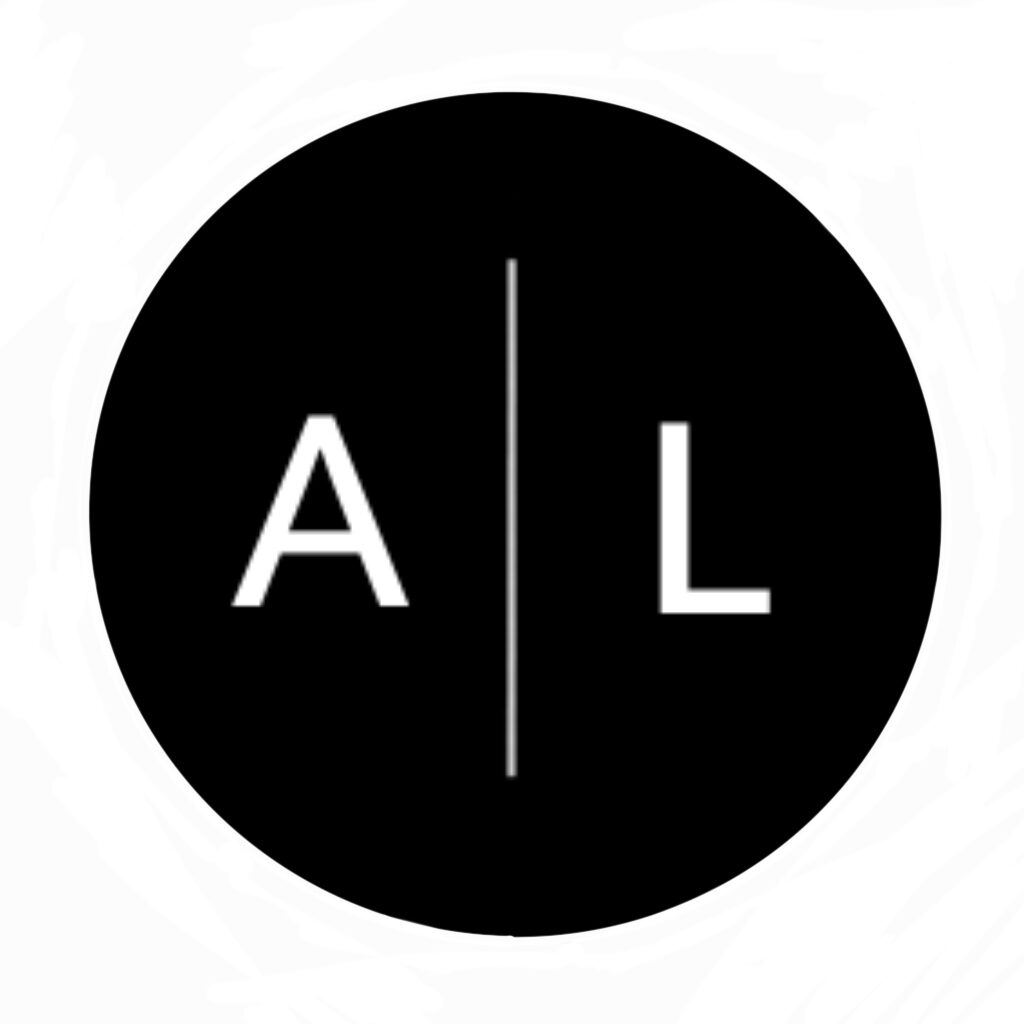
Tony DeVoney is a visual artist from New Orleans who is based in Los Angeles, USA. Tony experiments with colour and tone while exploring texture and volume in his emotionally charged works. He is a self-taught artist who has had two self-funded solo exhibitions in L.A.

Can you outline the timeline of your lockdown?
I’d say for me personally, lockdown started around the beginning of March and extended through to June.
Did you have access to a studio during this time? If not, how did you continue to create work?
Yes. I had access to a studio throughout the lockdown. I live in a live/work space, so very fortunate.

Can you talk through your art making process?
For my process, I typically ponder on concepts before taking to the project. After nailing down a rough idea, I’ll then sketch out a shape or skeleton (which is what I like to call it). Usually, I’ll use gesso for shaping or go straight in with a poured acrylic mixture to the fabric/canvas I’m working with. For most pieces, I’ll work with it for a while and then leave it to dry. After each drying session is completed, I’ll come back to add if needed. Most works have multiple layers, giving a textured look I enjoy. Each piece is unique in its own way and I’ve developed different styles that deal with different techniques, some taking longer than others. My process varies most of the time.

Given the limitations and restrictions of the last few months, did your art making process change at all? If so, do you think this will continue to change how you will make art going forward?
I’m currently working on a new body of work that I started during quarantine, which will be on a new fabric I’ve not used before. Along with new techniques and paints. So some experimenting was needed to conceptualize.
This also contributing to a shift in my work. I think the time to reflect and sit with my self has aided in a new direction.
All photographs were provided by Tony DeVoney. To see more of Tony’s work visit his website and Instagram.
